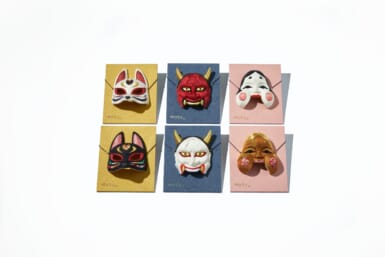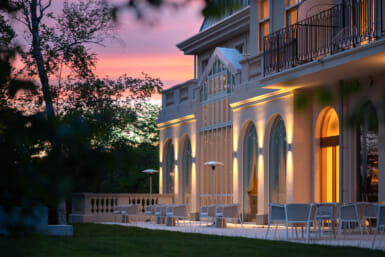When traveling through rural Japan, the biggest challenge is choosing the best sights from a flood of great options. That feeling holds water at the base of Mount Fuji, which most seek to climb. Garnishing the landscape, a couple of cities and one town stand out as proud ambassadors and providers of leisure in their own right: Oyama, Gotemba, and Susono. As one of the world’s most iconic landmarks serves as a backdrop, your journey is pricelessly watermarked as distinctly different from Tokyo.
The fact that the trails that lead you to the summit are only officially accessible for roughly eight weeks out of every summer adds a level of exclusivity to this already mystic adventure. Those who cannot make it out in the best climbing season can still enjoy the fifth station of each of Mount Fuji’s hiking trails from late April to mid-November.
Regardless of the season or month you travel, Tokyo Weekender showcases a great selection of choices for your trip.

Pick Your Trek Wisely
Oyama hosts the Subashiri Trail, which boasts the highest timberline of the entire region, allowing hikers to wander through subalpine vegetation. In the spring, it features a phenomenon called a “phantom waterfall,” as the melting snow creates a stream. If you’re lucky enough, you can see it from around mid-May to mid-June. In contrast, the Gotemba Trail in neighboring Gotemba offers the longest trek up the mountain and is suited to those souls who long to milk their climb to the summit.

The Suyama Trail in Susono raises the stakes to the highest altitudes. Though once teeming with foot traffic, it fell into disuse, and some sections of this path no longer seem evident. Other sections, however, are being rebuilt by locals.
Part of this route garnered laurels as a World Cultural Heritage Site, though it also connects Suyamaguchi Tozanhodo and the Fujisan Shizen Kyuyorin trails. There is also a trail, which leads hikers to the Jurigi Kogen viewpoint

Adding splendor to this already mysterious hiking route, the Suyama Sengen Shrine — located at the start of the Suyama trail — is also registered as a World Cultural Heritage site. The grounds of this shrine, punctuated with giant cedar trees said to be 400 to 500 years old, lay shrouded in a sacred aura. Dedicated to the deity Konohana Sakuyahime, she is said to be the god of marriage, safe childbirth and fertility. A stone lantern with a small heart-shaped window sits nestled in the precincts of the shrine. A heart-shaped worship hall and the reflection of the shrine in a hand-washing basin provide an idyllic backdrop for your Instagram-worthy shots.
When Not Hiking, Go Exploring
Although Mount Fuji is principally viewed as a legend most seek to hike, its iconic facade overlooks many other splendid sites for leisure and adventure. Several of the region’s hot springs afford you views of its splendor while you bathe (clear skies permitting).
Gotemba Premium Outlets presents the largest outlet mall on this archipelago. The mall is home to 290 stores of well-known international and Japanese brands drawing 13 million visitors per annum. The facility offers more than a shopping experience, however. In addition to a hotel located on the premises, there is a hot spring where guests can decompress as well as numerous eateries to soothe any craving — all surrounded by lush nature.

Adrenaline junkies will not fall asleep for lack of stimulation either. The nearby world-class Fuji International Speedway circuit hosts the World Endurance Championship (WEC) and SUPER GT every year. Non-professional speedsters of most ages may get their heart in gear by karting at the karting track. Holders of valid Japanese driver’s license can get behind the wheel on the main track to learn from the pros. Also near the circuit are the recently opened Fuji Speedway Hotel and the Fuji Motorsports Museum. The latter displays around forty cars of motorsport fame.
Light Up Your Life
Having worked up a mountainous hunger and fatigue to match, Gotemba Kogen Resort awaits you with several hotels and restaurants to wrap up your day with relief. In the winter months, when you just want to stay cozy, large-scale illuminations and fountain shows will light up your heart from October to March; a winter tradition in this region.
This year promises renewed brilliance, celebrating the 21st Hikari no Sumika winter illumination. The theme is “royal road,” starting with The Tunnel of Light display (pictured above). Another highlight is the Royal Palace Hill, which requires an additional admission fee, but is well worth it.
Adding to this breathtaking spectacle, the popular fountain laser show Light of Versailles — the tallest of its kind in Japan — will transform with a new program and renewed colorfulness. The visitor-participation illumination Forest of Trees and the twenty-meter-high Twin Trees Kirameki Galaxy Avenue will also get a new look to warm the hearts of visitors.
For more information about upcoming events and travel recommendations, visit the Omote-Fuji Kanko Caravan website.
Sponsored Post











